Article: 10 Practical Steps To Create Wedding Calligraphy
10 Practical Steps To Create Wedding Calligraphy

Source: Caboodleweddings, Instagram, https://www.instagram.com/p/CaeZU1csa7d/
Wedding calligraphy adds a touch of elegance and personalization to any matrimonial event, transforming simple invitations, place cards, and signage into bespoke pieces of art. As weddings evolve into more customized experiences, the demand for unique hand-lettered details has surged. This art form not only resonates with aesthetic beauty but also infuses a deep sense of intimacy into the wedding materials, making each stroke significantly meaningful. For those aspiring to incorporate beautiful calligraphy into wedding festivities, mastering this skill can be both a rewarding hobby and a lucrative professional pursuit. The journey to creating exquisite wedding calligraphy begins with understanding the basics of the craft, choosing the right materials, and practicing diligently.
In this article, we explore ten practical steps that guide beginners through the process of developing their calligraphy skills to a level where they can confidently contribute to the beauty of wedding celebrations. Whether you are a bride-to-be, a family member, or a professional looking to expand your services, these steps will equip you with the knowledge to create stunning, heartfelt calligraphic expressions that enhance the overall charm of the special day.
Choose The Right Tools
When it comes to wedding calligraphy, selecting the right tools is essential for creating beautiful and elegant designs. The tools you use directly impact the quality of your work, so it’s important to choose wisely.
Start with the basics: a good calligraphy pen is a must. You can choose between dip pens and brush pens, depending on the style you want to achieve. Dip pens with flexible nibs are excellent for traditional wedding calligraphy as they allow for varied line thickness, adding a sophisticated touch to your lettering. Brush pens, on the other hand, are ideal for modern styles, offering smooth and fluid strokes.
Ink selection is equally important. Waterproof and fade-resistant inks are best for wedding calligraphy to ensure your designs stay vibrant over time. Consider inks in colors that match the wedding’s theme, such as metallic gold, silver, or soft pastels.
Choose Your Paper Wisely
Selecting the right paper is a critical step in creating exquisite wedding calligraphy. The type of paper you choose can significantly affect the quality, readability, and overall aesthetic of your work. Not all paper is created equal, especially when it comes to calligraphy.
First, consider the texture of the paper. Smooth papers, such as hot-pressed watercolor paper or bristol board, are ideal for most calligraphy styles. They allow the pen to glide effortlessly, ensuring clean and crisp lines. Avoid overly textured or rough papers, as they can cause the nib to snag, leading to uneven strokes and ink blotches.
Next, pay attention to the weight of the paper. Heavyweight paper, typically 120gsm or higher, is recommended for wedding calligraphy. It can handle ink well without bleeding or warping, ensuring that your work remains professional and polished.
Additionally, color and tone play a vital role in setting the mood for the wedding theme. Classic white or ivory papers are timeless choices, but don’t hesitate to explore soft pastels or subtle metallics that align with the couple’s vision.
Finally, test your ink on the chosen paper before starting the final piece. This ensures compatibility between the ink and paper, preventing unpleasant surprises.
Practice Regularly
To excel in wedding calligraphy, regular practice is essential. Calligraphy, unlike regular writing, requires control and precision, both of which can only be honed through consistent effort. Beginners should start by practicing basic strokes and gradually move to more complex letterforms and connections. Set aside dedicated time each day to work with your pen and ink, focusing on maintaining a steady hand and even pressure. It’s useful to have a practice routine that includes various drills: from single strokes to forming letters, then words, and finally, flowing sentences that could be used in wedding invitations or signage. Document your progress in a sketchbook or digital format, allowing you to review and adjust your technique as you improve.
This continuous practice not only improves your skill but also helps in developing your unique style, which is crucial in the personalized nature of wedding calligraphy. Moreover, experimenting with different scripts like Copperplate or Italic can diversify your calligraphic repertoire, making your service more appealing to potential clients. Remember, the goal of your practice should be to reach a level of fluidity and confidence that your hand-lettered creations enhance the romantic and celebratory atmosphere of a wedding.

Source: Anastasia Makarova, Etretat. Calligraphy Wedding Collection, Behance, https://www.behance.net/gallery/118936865/Etretat-Calligraphy-wedding-collection
Learn About Wedding Fonts
Understanding different wedding fonts is crucial for any calligrapher working in the wedding industry. The font or script chosen for wedding calligraphy can significantly influence the overall look and feel of the wedding materials. Traditional fonts like Copperplate and Spencerian evoke a timeless, elegant vibe, often preferred for formal weddings. On the other hand, modern scripts, which feature looser and more flowing lines, suit contemporary weddings and can add a touch of casual elegance. It's important to familiarize yourself with these styles and understand which contexts they best suit.
Researching the latest trends in wedding calligraphy can also provide insights into what modern couples are looking for. Many brides and grooms seek customizations that reflect their personal style, so being knowledgeable about various fonts and having the ability to recommend and demonstrate these can set you apart as a calligrapher. Additionally, consider learning about the historical and cultural significance of certain fonts—this can be particularly appealing to couples who are interested in incorporating elements that have personal or cultural importance.
Develop a Unique Style
Creating a unique style in wedding calligraphy is not just about writing beautifully; it's about infusing the couple’s personality into every stroke. This section explores how to develop a distinctive style that resonates with the theme of the wedding and adds a personal touch to the celebration.
Start by exploring different calligraphy fonts and techniques. From classic copperplate to modern brush calligraphy, each style offers unique characteristics. Experiment with various nibs and brushes to see how they influence line thickness and flow, which can dramatically alter the feel of a script.
Next, consider the mood and setting of the wedding. A formal affair might call for traditional scripts with meticulous details, whereas a casual outdoor event could be better suited to a looser, more whimsical style. Use these cues to guide your stylistic choices, ensuring they complement the event’s tone.
Personalization plays a crucial role in developing your style. Incorporate elements that reflect the couple's story or interests, such as custom flourishes that mimic aspects of the venue or motifs that are meaningful to them. This bespoke approach not only enhances the beauty of your calligraphy but also makes the pieces truly one-of-a-kind.
Layout and Composition Tips
Effective layout and composition are crucial in creating visually appealing and legible wedding calligraphy. This section will guide you through arranging text in a way that both captures attention and conveys information gracefully.
Begin by choosing a focal point for your layout. Typically, this will be the names of the couple or the main announcement. Position this element so that it stands out, usually at the center or slightly above the midpoint of your piece. Use size, spacing, and decorative elements to highlight this focus.
Maintain a clear hierarchy of information. Decide the order of importance of the details like the date, location, and RSVP instructions. Scale your lettering accordingly, with the most crucial information being the most prominent. This hierarchical structuring helps guide the reader’s eye through the content in a logical, aesthetically pleasing manner.
Alignment is also a key component. Whether you choose centered, right, or left alignment, consistency is important. Aligning your text creates a clean, orderly appearance that enhances readability. For wedding calligraphy, centered alignment is traditionally preferred because it provides a formal, balanced look.
Spacing between letters and lines, known as kerning and leading, respectively, needs careful adjustment. Too tight spacing can make text difficult to read, while too much spacing can disconnect the words and phrases. Find a balance that supports legibility and aesthetic appeal.
Learn to Align and Space Letters
Aligning and spacing letters properly is essential in wedding calligraphy to achieve a harmonious and professional look. This aspect of calligraphy, known as kerning (spacing between characters) and leading (spacing between lines), can significantly impact readability and aesthetics.
Begin with kerning. Each letter should have enough space to stand out but not so much that it disconnects from its neighbors. For scripts that use connecting strokes, ensure that the connections are seamless without overlapping or crowding the letters. This requires careful adjustment and sometimes customizing the spacing for each letter based on its shape and orientation.
Leading is equally important, especially in wedding invitations where multiple lines of text are used. Proper leading helps the text look organized and ensures that the content is easy to follow. The space between lines should be sufficient to prevent the ascenders of one line from touching the descenders of the line above, yet close enough to keep the block of text cohesive.

Source: Anastasia Makarova, Gypsophila. Calligraphy Wedding Invitations, Behance, https://www.behance.net/gallery/118940599/Gypsophila-Calligraphy-wedding-invitations
Experiment with Color
Incorporating color into wedding calligraphy can add a unique and personal touch to your wedding stationery. Color not only enhances the visual appeal of your text but also helps convey the theme and emotion of your special day. When choosing colors, consider the overall wedding palette and how the hues can complement or contrast with the other elements of your event.
Start with the basics: black ink is timeless and versatile, suitable for almost any wedding style. However, exploring beyond black can yield stunning results. Soft grays or navy can offer a subtle twist on traditional black, maintaining elegance while adding a touch of uniqueness.
For a more vibrant approach, metallic inks like gold, silver, or copper are popular choices in wedding calligraphy. They add a luxurious and festive flair, perfect for formal invitations and place cards. These inks stand out beautifully against darker papers, making them a striking choice for evening events.
If your wedding features bold colors, consider incorporating these into your calligraphy ink as well. Bright colors can be used effectively for less formal weddings or as accent colors on tags, menus, or RSVP cards. Coordinate with the floral arrangements, bridesmaids’ dresses, or decoration hues to create a cohesive look.
Incorporate Symbols and Artwork
Enhancing wedding calligraphy with symbols and artwork can enrich the meaning and beauty of your stationery. Symbols, whether cultural, religious, or personal, add depth to the visual presentation and can resonate with the couple and their guests on a deeper level.
Begin by understanding the symbols that are meaningful to the couple. These might include religious icons, traditional motifs, or contemporary graphics that reflect shared interests or significant aspects of their relationship. For example, incorporating a specific flower that appeared on the first bouquet given or a graphic representation of the couple's favorite hobby.
When integrating symbols into wedding calligraphy, consider their placement and size. They should complement the text, serving as an accent rather than overshadowing the message. Small, delicate symbols can be used as bullet points or flourish elements, while larger artwork might serve as a header or footer on the invitation.
Proofread Your Work
Proofreading is a critical step in the wedding calligraphy process, ensuring that the final product is free of errors and beautifully presented. This diligence is not only about correcting spelling mistakes but also about verifying the layout, spacing, and consistency of your calligraphy work.
Start with a thorough check for spelling errors. Names and dates require special attention as they are unique to each wedding and mistakes can be particularly conspicuous. Use a digital document or a written list to cross-verify every detail carefully.
Beyond spelling, assess the layout. Ensure that the text is aligned as intended—whether centered, justified, or aligned to one side. Look for uniformity in letter size and style throughout the piece. This uniformity should extend to the kerning and leading, making sure that the spacing does not distract from the readability of the text.
Examine the consistency of your strokes, especially if the project spans multiple pieces, like invitations, RSVP cards, and envelopes. Each piece should look cohesive with the others, maintaining the same style, weight of strokes, and ink color.
Conclusion
Mastering wedding calligraphy is a journey that combines skill, creativity, and personal expression. As you explore various fonts, practice diligently, and learn from each project, your ability to create meaningful and beautiful calligraphic art will flourish. This craftsmanship not only enhances the aesthetic of wedding stationery but also adds a deeply personal touch to a couple's special day. By investing time in refining your technique and understanding client needs, you become not just a calligrapher, but a crucial part of their wedding celebration, leaving a lasting impression through your art. Embrace each opportunity to perfect your craft and contribute to memorable matrimonial moments.
Let Us Know What You Think!
Every information you read here are written and curated by Kreafolk's team, carefully pieced together with our creative community in mind. Did you enjoy our contents? Leave a comment below and share your thoughts. Cheers to more creative articles and inspirations!


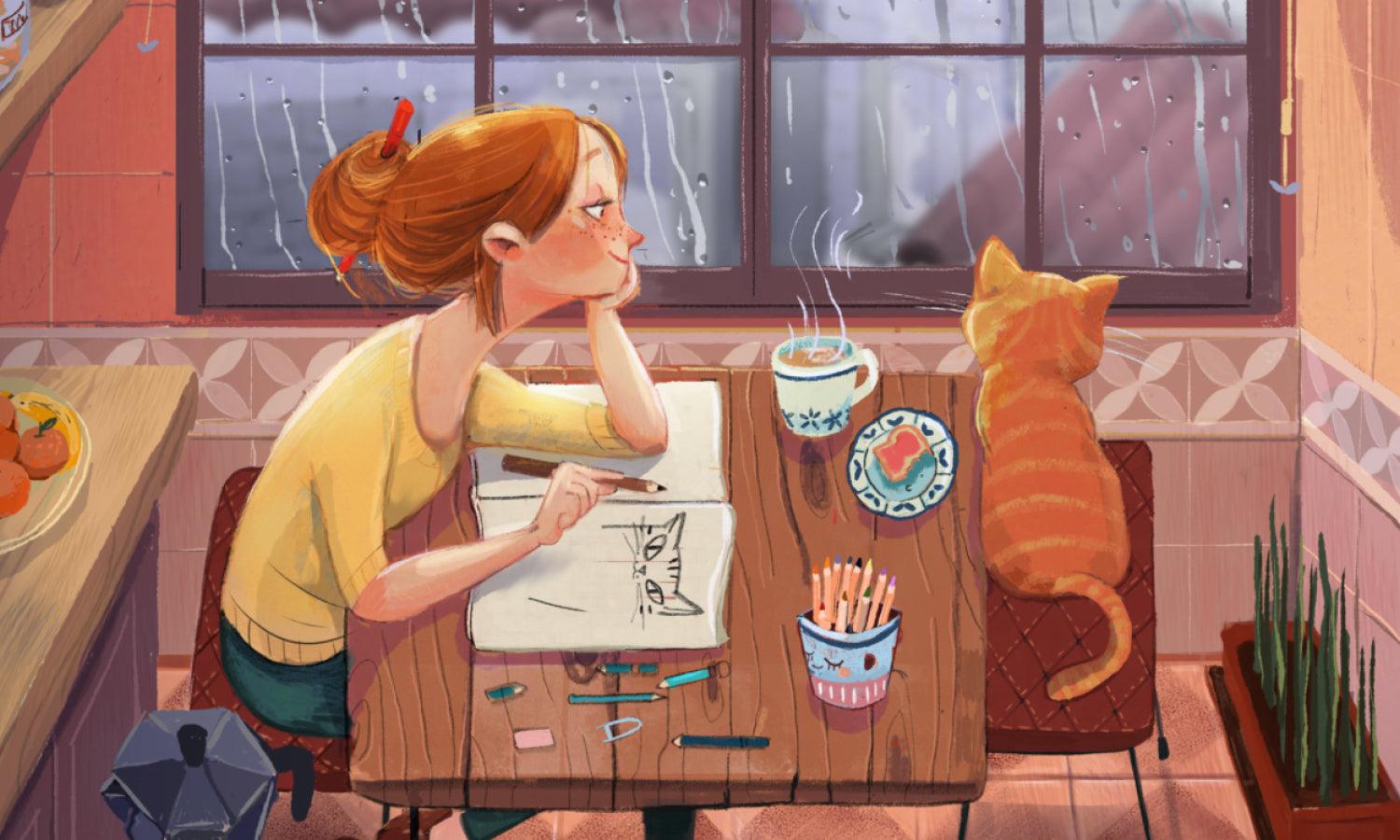
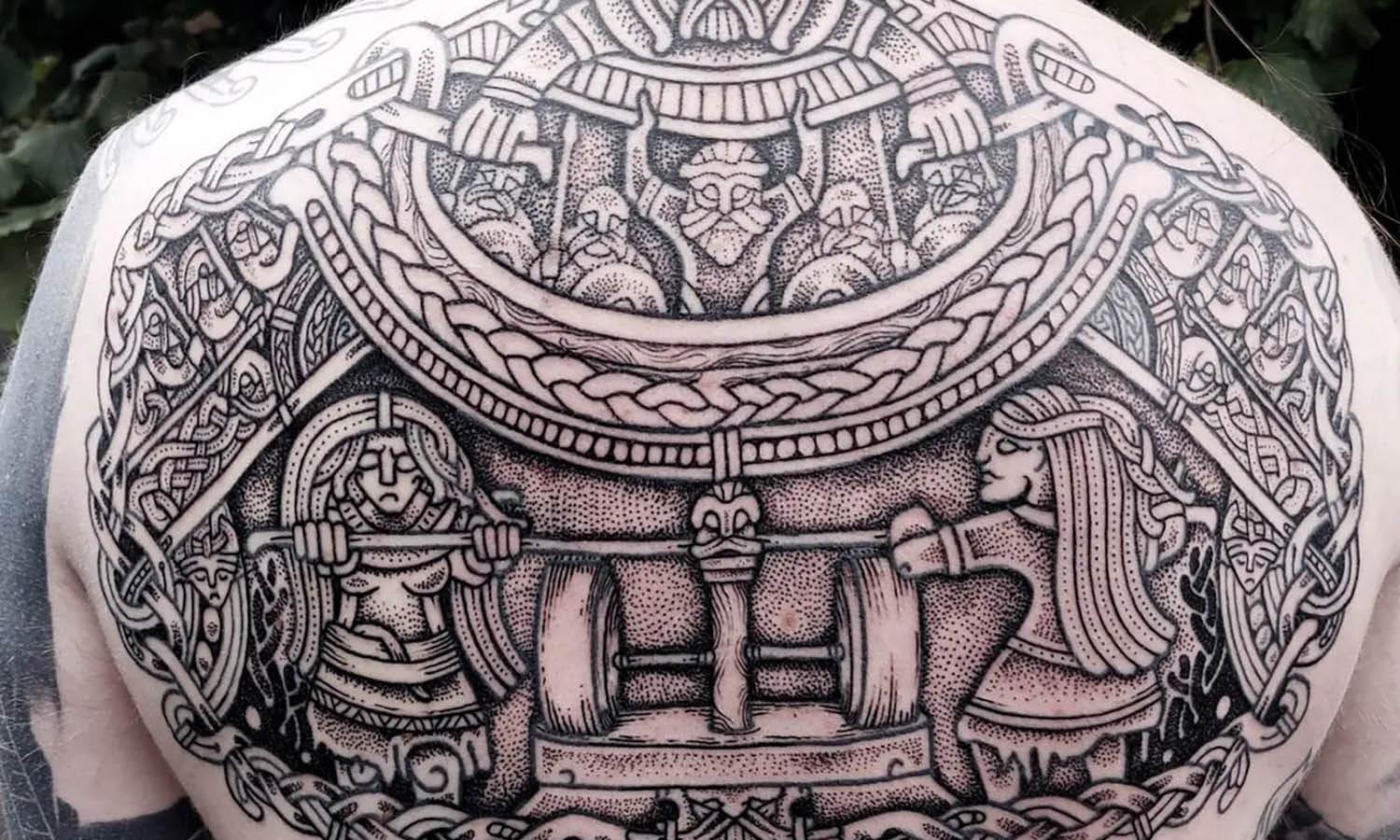
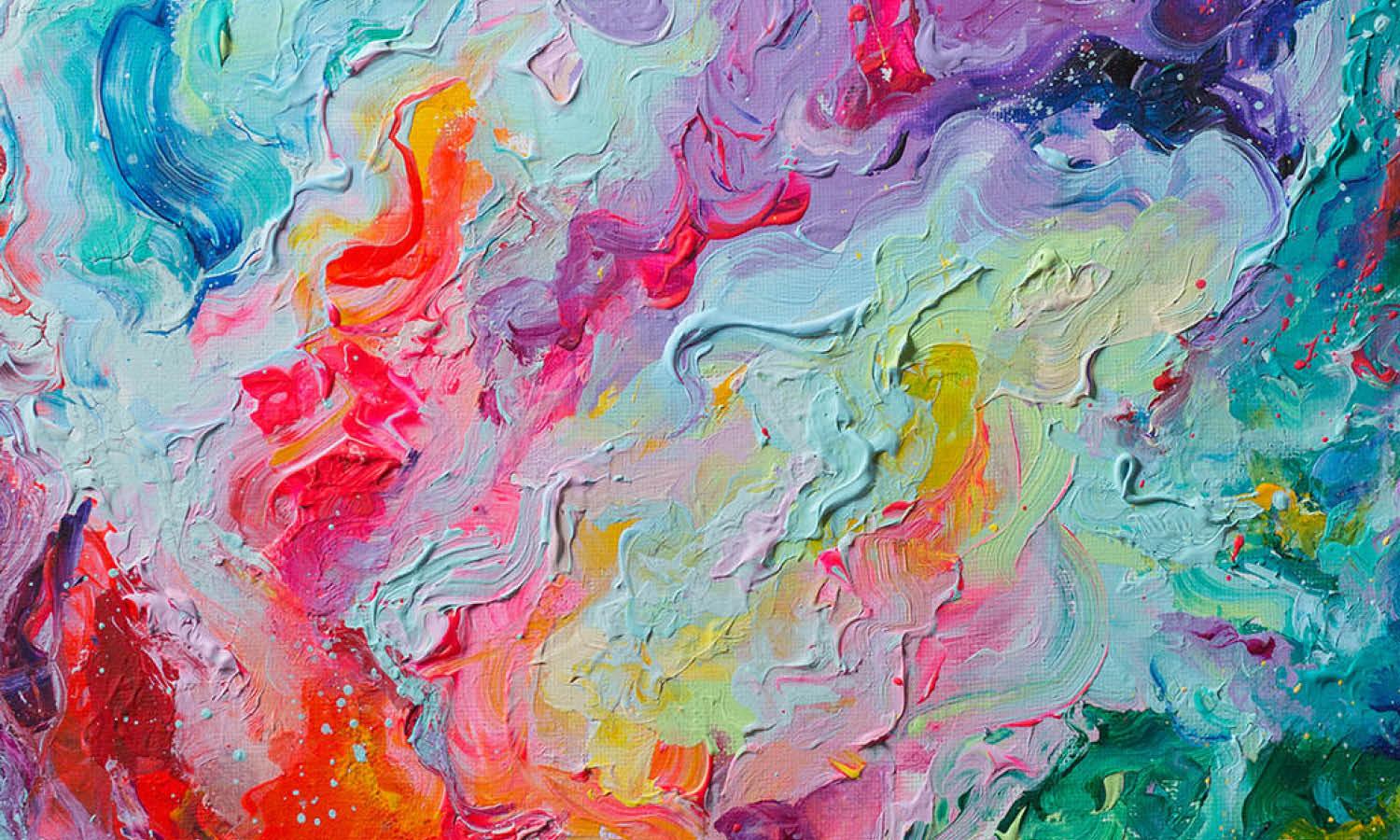
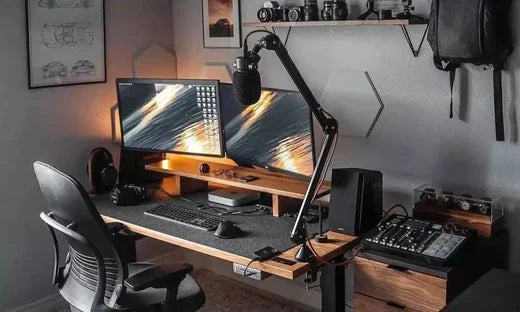

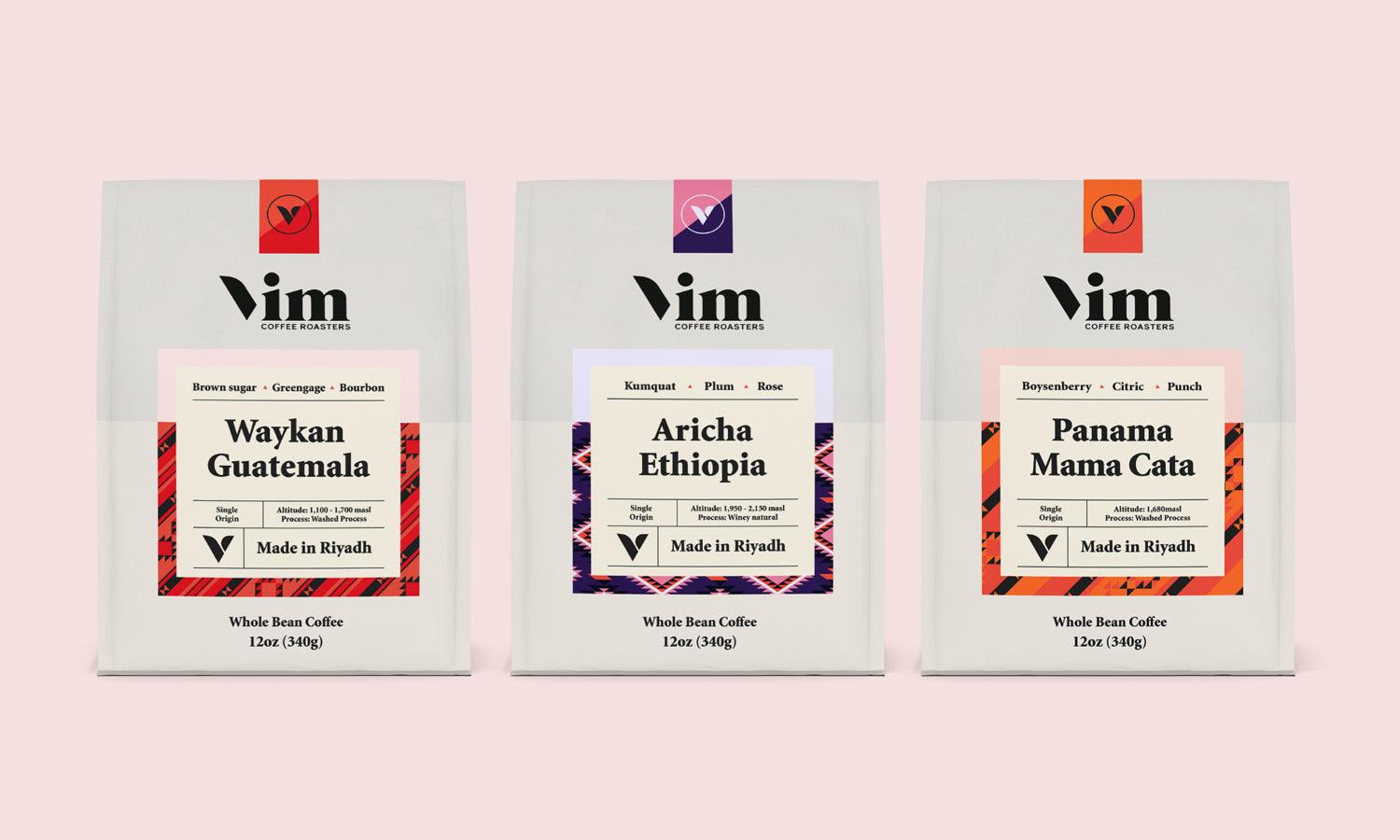
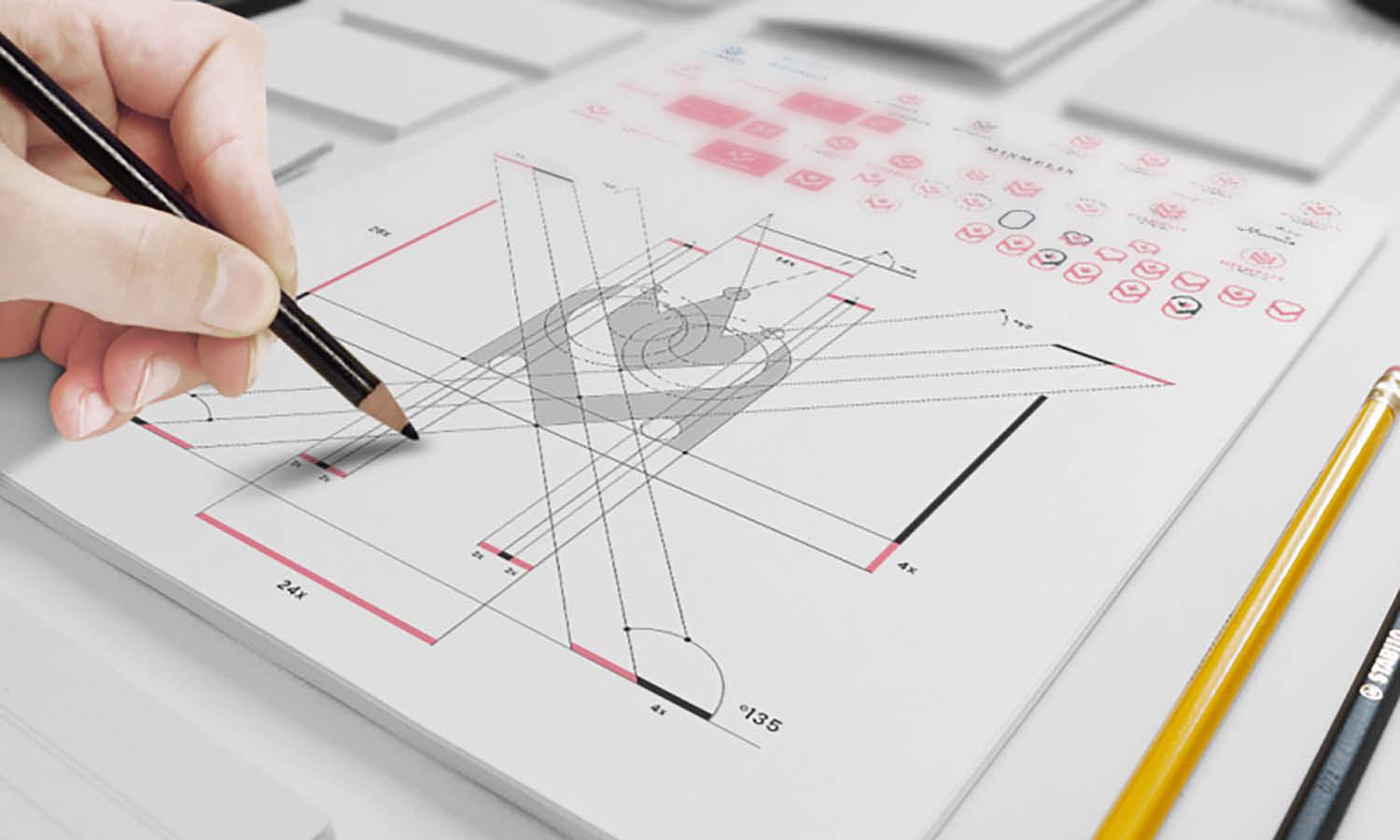







Leave a Comment